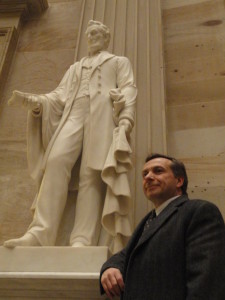 And what a week it was. March 4th marked the 150th anniversary of Abraham Lincoln’s second inauguration and there were several events in Washington DC and elsewhere to commemorate the occasion. And several cool opportunities to hang out with Lincoln scholars, famous actors, and distinguished members of the Supreme Court (not real) and the press (real).
And what a week it was. March 4th marked the 150th anniversary of Abraham Lincoln’s second inauguration and there were several events in Washington DC and elsewhere to commemorate the occasion. And several cool opportunities to hang out with Lincoln scholars, famous actors, and distinguished members of the Supreme Court (not real) and the press (real).
The evening of March 4th brought me to Statuary Hall in the Capitol. Now filled with statues of famous historical figures – two commissioned by each state of the Union – the Hall was actually the House of Representatives during Lincoln’s one and only term as a U.S. Congressman from 1847-1849. Long before anyone in the capital city had heard of him, Lincoln was a back bencher in the House; literally.
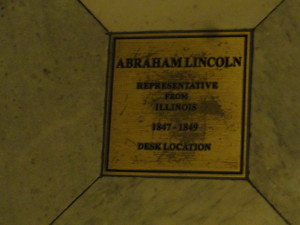
Way in the back of the room is a marker on the floor where Lincoln’s desk once stood. Behind it is a room that once was the post office, and where Lincoln used to hang out between votes to tell stories. The room is now part of current Majority Whip Steve Scalice’s office suite, but I was given a private look by Congressman Rodney L. Davis before he took the podium to speak at the event.
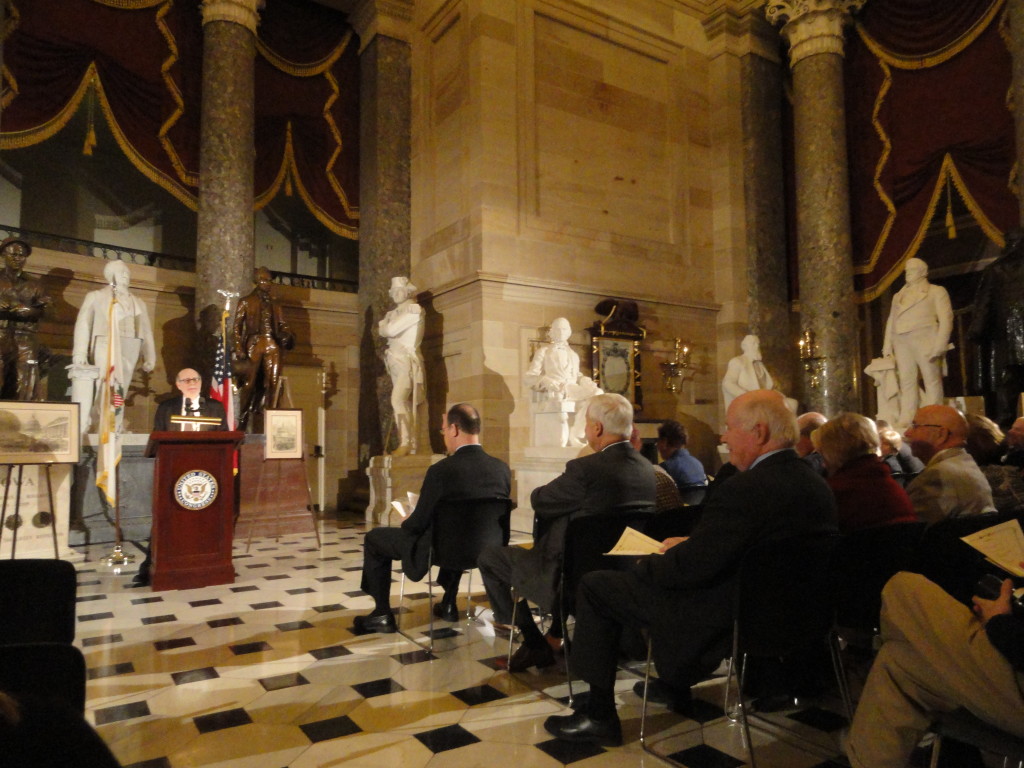
The event itself included remarks by Davis, Congresswoman Cheri Bustos, Senator Mark Kirk, and former Secretary of Transportation and Congressman Ray LaHood, all Illinois natives. Lincoln experts Harold Holzer and Frank Williams gave historical perspectives, as did Howard University Professor Edna Greene Medford channeling Frederick Douglass. Actor Stephen Lang (Avatar, Gettysburg) gave a wonderful reading of the 2nd Inaugural Address.
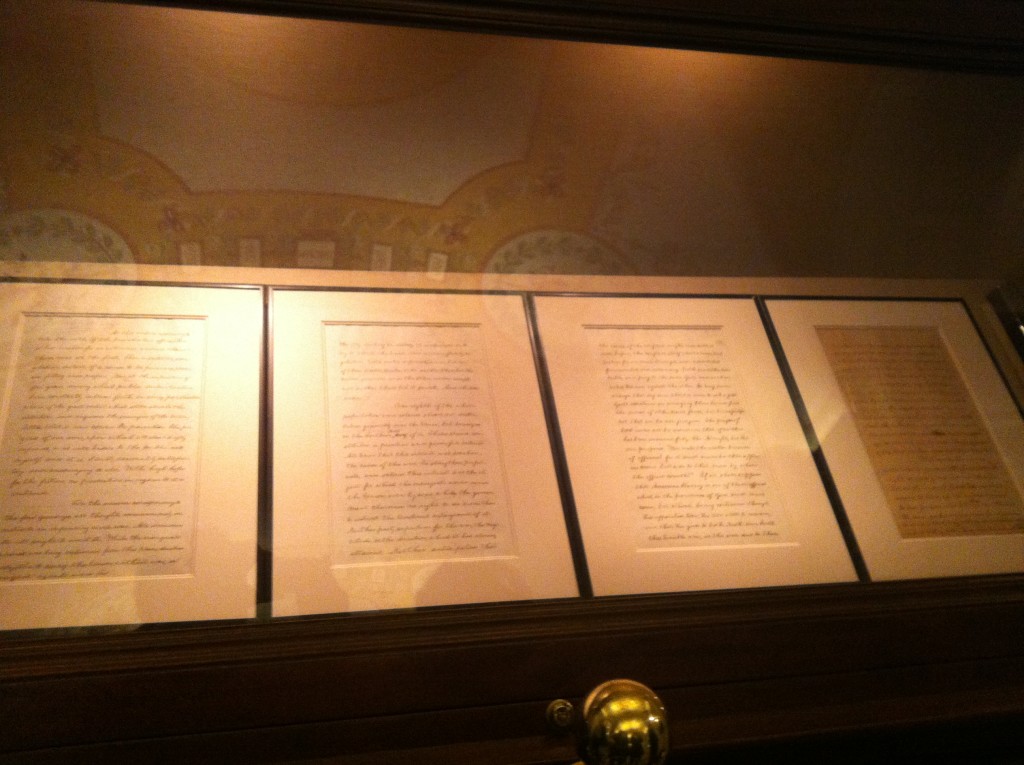
But that was just the beginning. The Library of Congress, directly across the street from the Capitol, had a once in a life-time display of the entire 2nd Inaugural Address handwritten by Abraham Lincoln (long before there were speechwriters and teleprompters). Normally they only bring out the last page for public viewing, but as you can see in the photo, exposure to light has yellowed the page. So seeing the entire document on display is treat (it was on display for only four days and is now back in the vault). Also shown was the typeset copy he read from on that occasion. Even more of a treat, Library of Congress Lincoln and Civil War expert Michelle Krowl was on hand to explain the background.
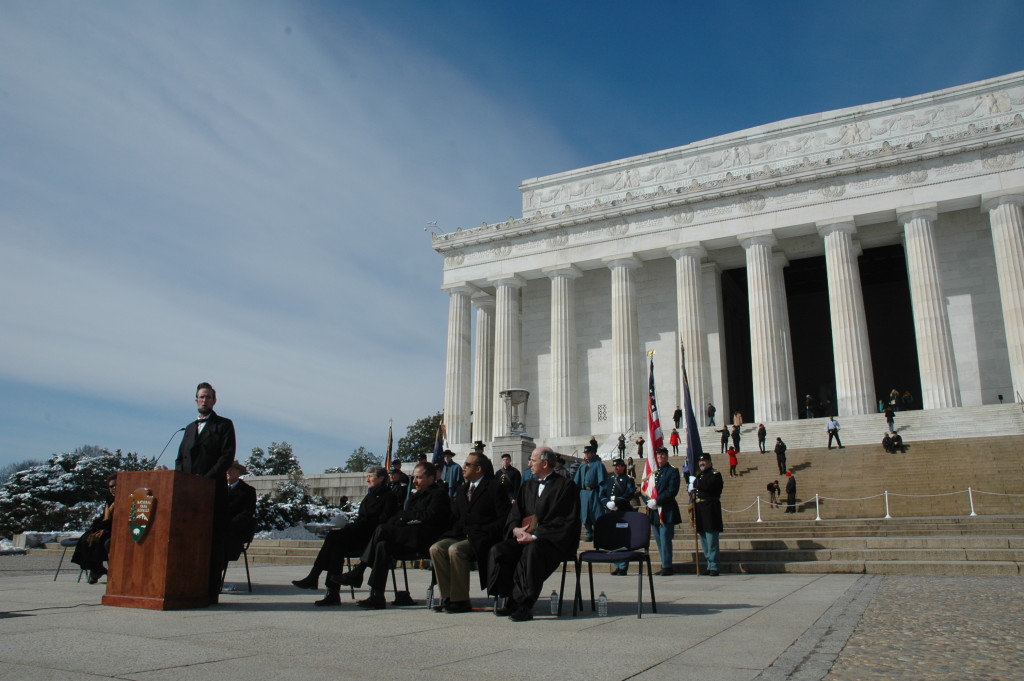
Last, but certainly not least, was the Lincoln Group of DC’s very own 2nd Inaugural events, beginning Saturday morning, March 7th, on the steps of the Lincoln Memorial. On hand were Secretary of the Interior Sally Jewell, Meet the Press moderator Chuck Todd, Dr. Lucas Morel of Washington and Lee University, the aforementioned Dr. Edna Greene Medford of Howard University, musical entertainment by Bobby Horton and the Children of Gospel Choir, Lincoln Group of DC President Karen Needles, Chief Justice Salmon P. Chase (splendidly played by Lincoln Group VP John O’Brien), and of course, Mr. and Mrs. Abraham Lincoln (Michael Krebs and Debra Ann Miller).
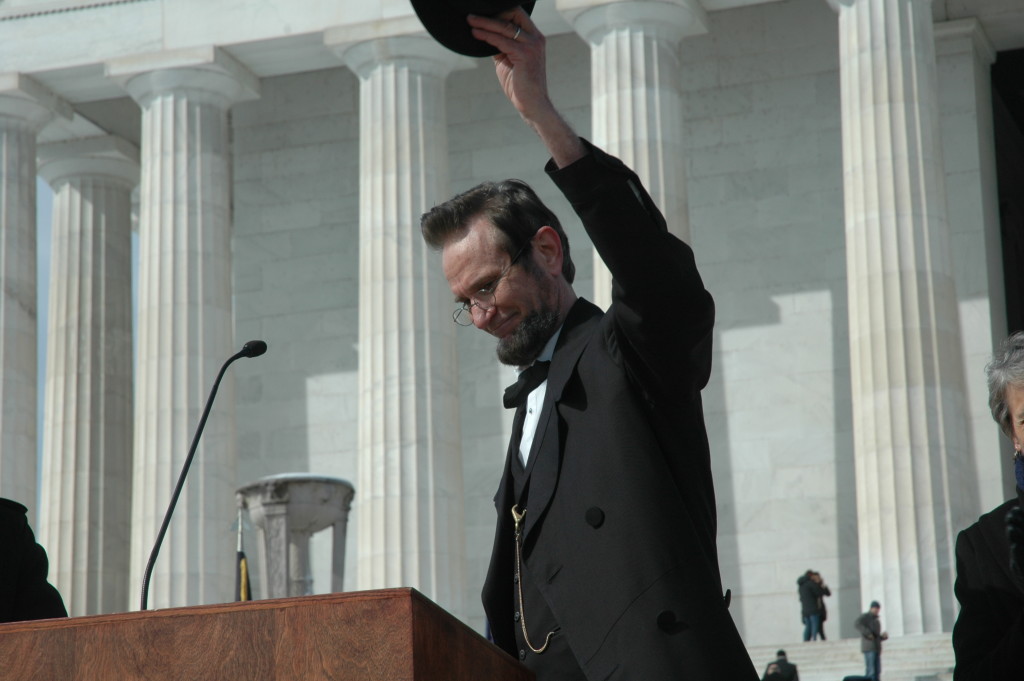
I’ll have more on the 2nd Inaugural events later, but the morning went off perfectly with bright sunshine and tons of civilian guests invited to hear Abraham Lincoln take the oath of office. And here’s something that couldn’t have happened 150 years ago – Abraham Lincoln took selfies with hundreds of people on the steps of the Memorial after the event!
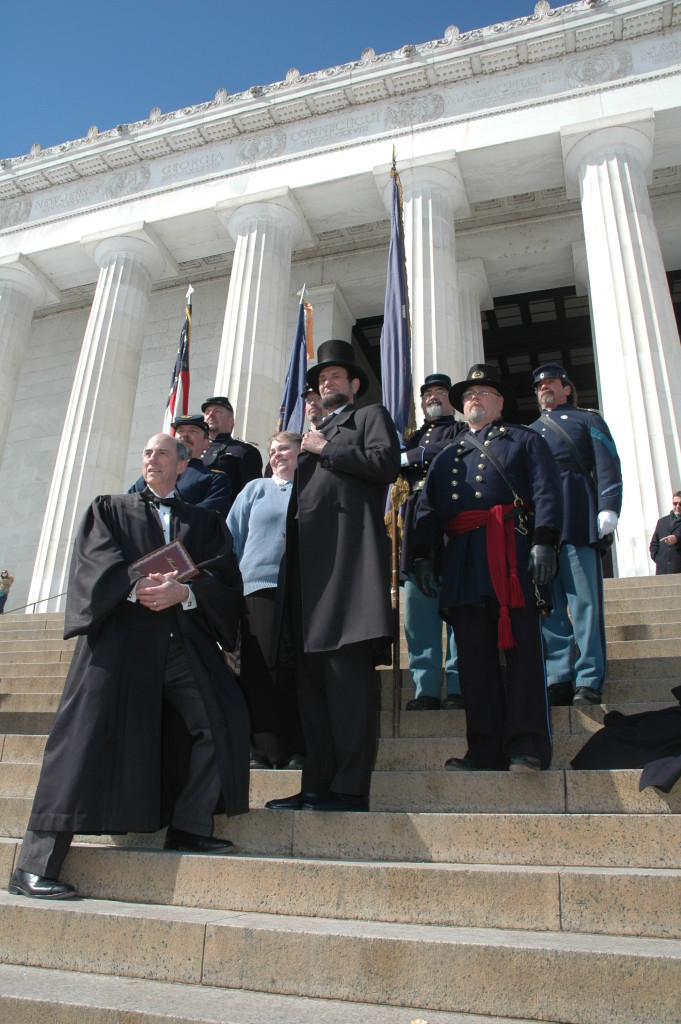
If you couldn’t be with us, you’re in luck – CSPAN broadcast the event live but you can watch the entire ceremony here:
After the swearing in we retired to the historic Willard Hotel, where Lincoln stayed upon his arrival in Washington prior to moving into the “big White House.” Following a delicious luncheon, Drs. Morel and Medford provided a few additional words and Bobby Horton sung for us some of Lincoln’s favorite tunes (including “Dixie,” which the North had duly won back from the South). The day was capped with an evening concert by Horton at the New York Avenue Presbyterian Church (“Lincoln’s Church”).
Check out the new Lincoln Group of DC web page for more information on upcoming events (and there are many)!
David J. Kent is an avid science traveler and the author of Lincoln: The Man Who Saved America. His previous books include Tesla: The Wizard of Electricity and Edison: The Inventor of the Modern World and two specialty e-books: Nikola Tesla: Renewable Energy Ahead of Its Time and Abraham Lincoln and Nikola Tesla: Connected by Fate.
Follow me for updates on my Facebook author page and Goodreads.



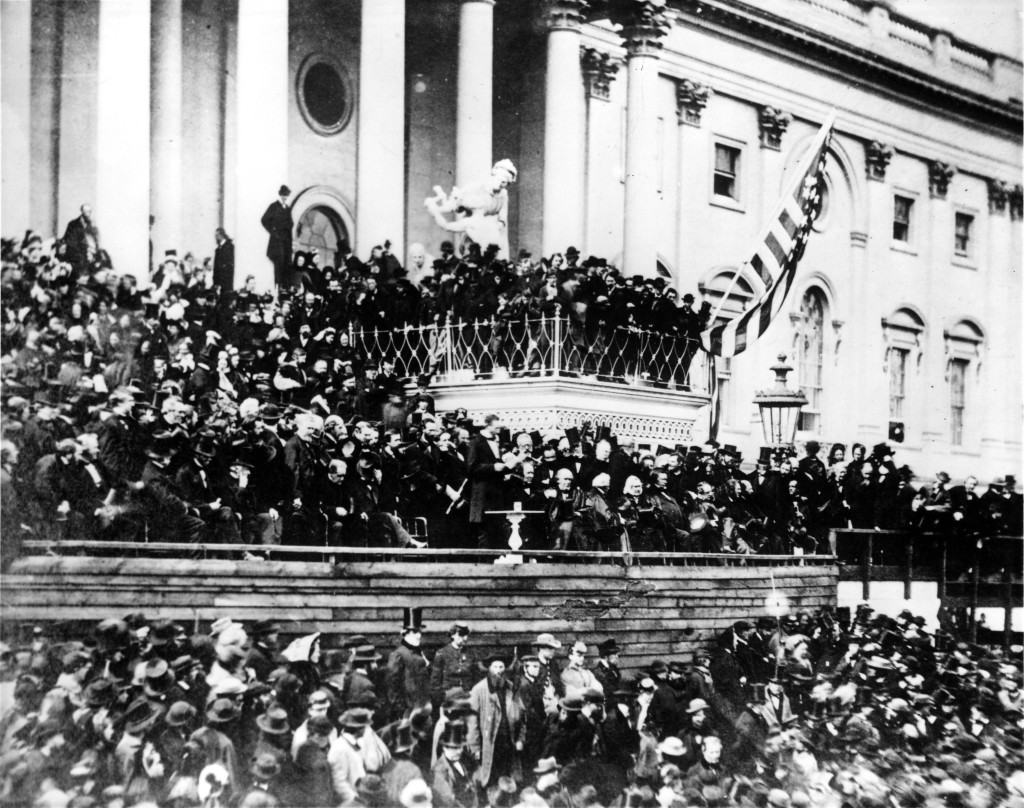
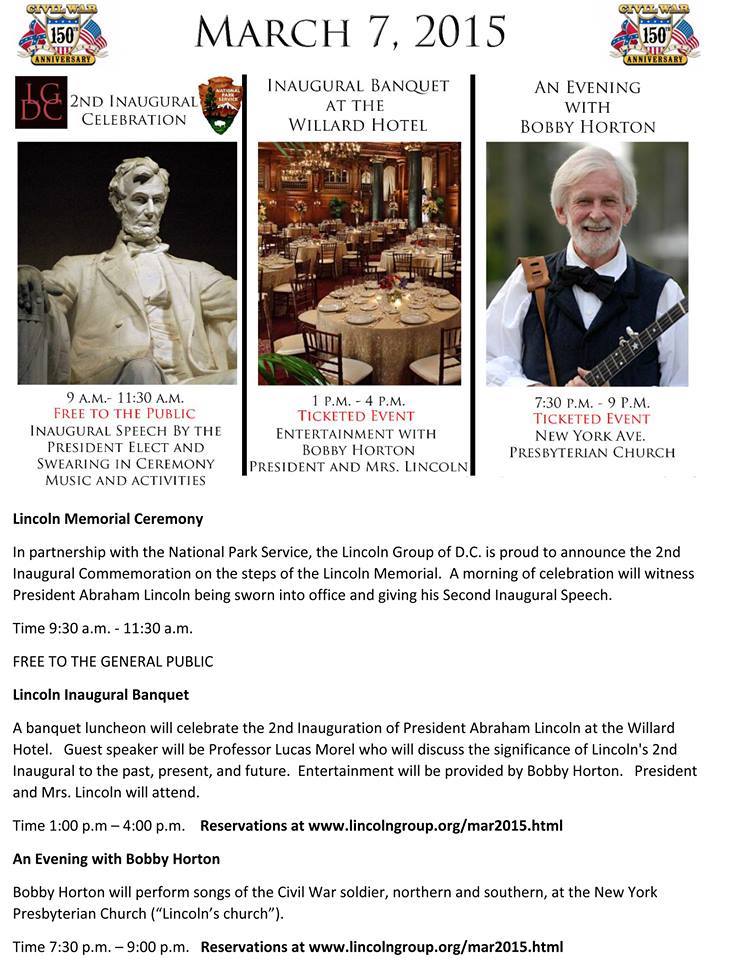
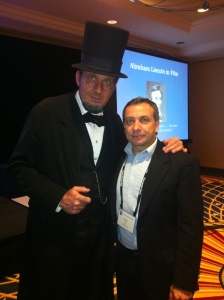

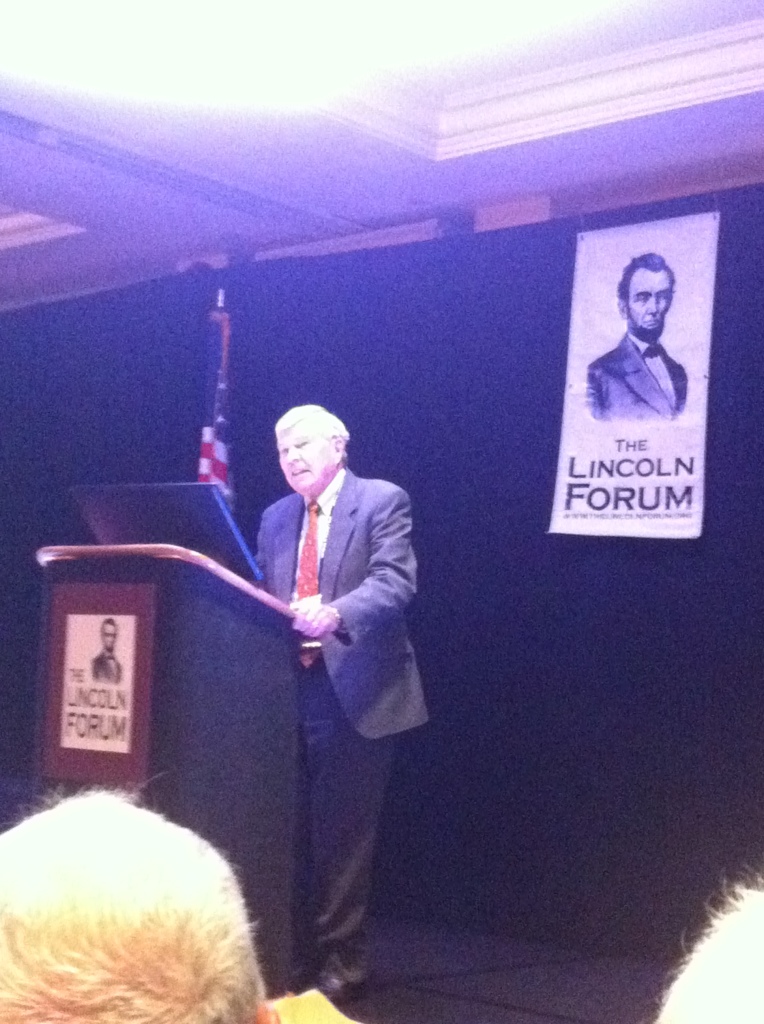
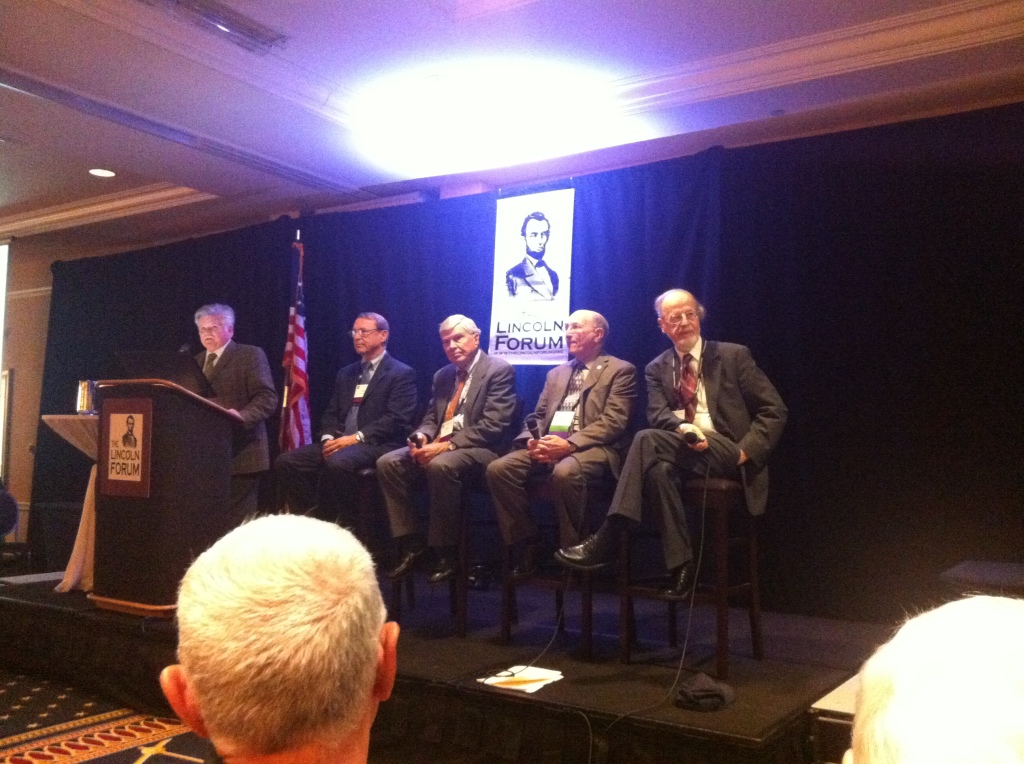
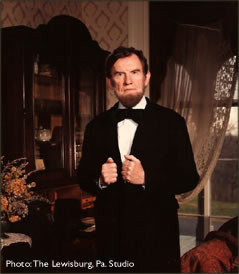
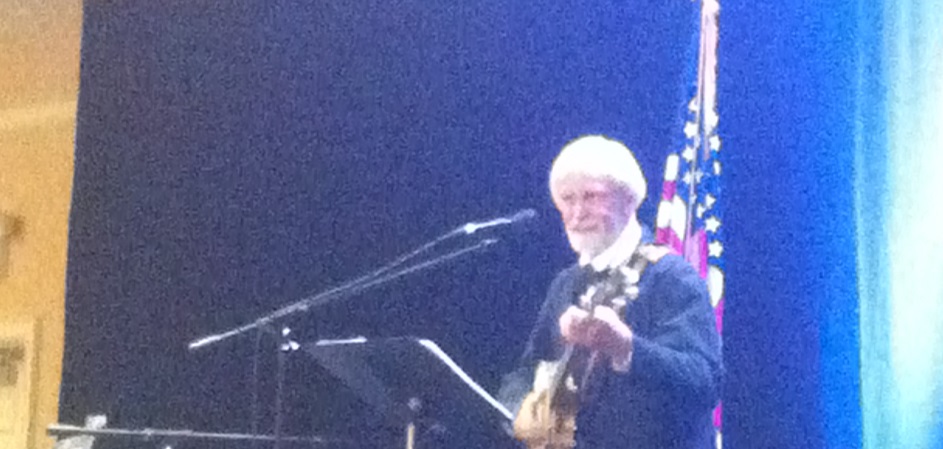
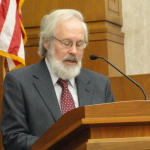
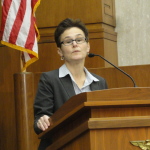 Elizabeth Varon, Professor of History at the University of Virginia, then provided some insights on the election from the South in her talk “Catastrophe or Setback? The Election of 1864 in Confederate Eyes.”
Elizabeth Varon, Professor of History at the University of Virginia, then provided some insights on the election from the South in her talk “Catastrophe or Setback? The Election of 1864 in Confederate Eyes.”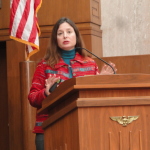 “The Summer of ’64” was a critical time period that significantly impacted the election, said University of Kansas Professor Jennifer Weber, author of Copperheads. Grant’s overland campaign had even die-hard Unionists war weary; Weber explored many reasons how military disasters turned into Union – and Lincoln’s – victories.
“The Summer of ’64” was a critical time period that significantly impacted the election, said University of Kansas Professor Jennifer Weber, author of Copperheads. Grant’s overland campaign had even die-hard Unionists war weary; Weber explored many reasons how military disasters turned into Union – and Lincoln’s – victories.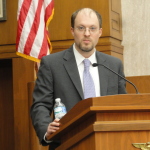 Speaking of the military, the soldier vote was crucial to Lincoln’s electoral victory in November. Christopher Newport University Professor and historian Jonathan W. White examined voting dynamics that possibly changed the outcome of the election in “Emancipation and the Soldier Vote of 1864.”
Speaking of the military, the soldier vote was crucial to Lincoln’s electoral victory in November. Christopher Newport University Professor and historian Jonathan W. White examined voting dynamics that possibly changed the outcome of the election in “Emancipation and the Soldier Vote of 1864.”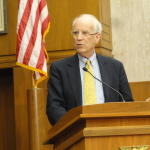 Following these great talks was our keynote speaker, noted historian Michael Burlingame, author and editor of numerous books on Abraham Lincoln. In a wide-ranging talk, Burlingame brought us into the opposition Lincoln faced in reelection, including many in his own party. His “Radicals, Abolitionists, and Lincoln’s Reelection” explored the fickleness not just of the public, but of the lawmakers and generals who worked for and against Lincoln.
Following these great talks was our keynote speaker, noted historian Michael Burlingame, author and editor of numerous books on Abraham Lincoln. In a wide-ranging talk, Burlingame brought us into the opposition Lincoln faced in reelection, including many in his own party. His “Radicals, Abolitionists, and Lincoln’s Reelection” explored the fickleness not just of the public, but of the lawmakers and generals who worked for and against Lincoln.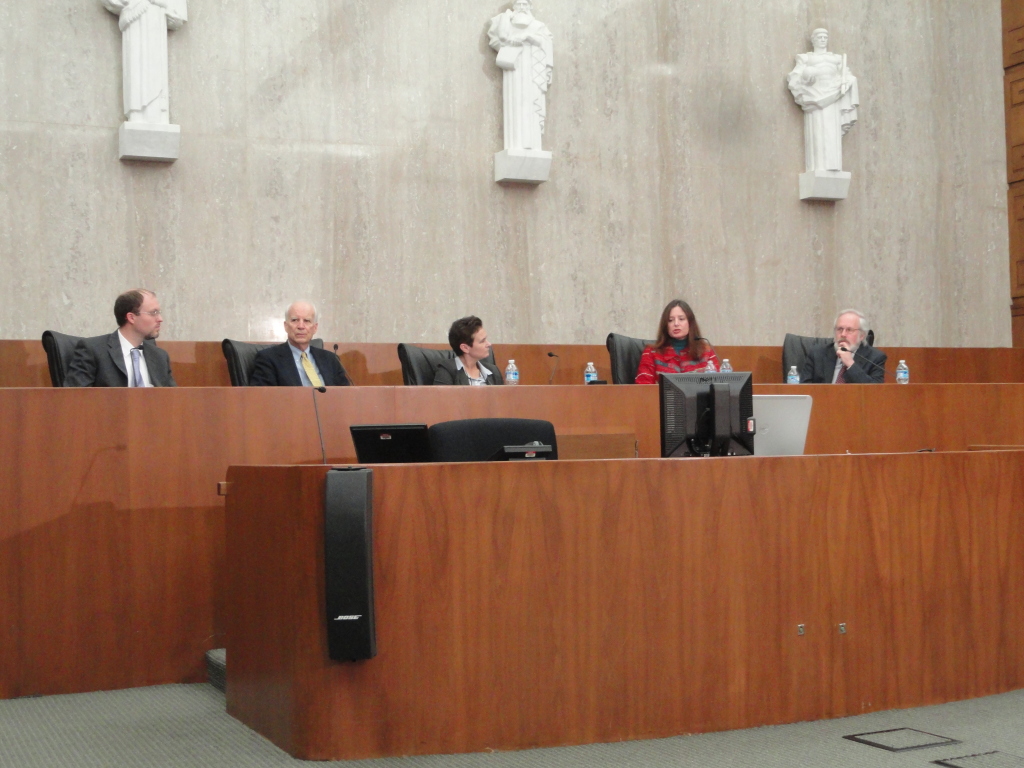
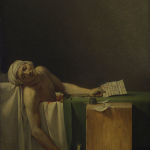 What do Picasso’s “Guernica,” David’s “The Death of Marat,” and Wyeth’s “Christina’s World” have in common? They all were posters hanging on my bedroom wall as a teenager. Yes, I was not a normal child. Read more at “
What do Picasso’s “Guernica,” David’s “The Death of Marat,” and Wyeth’s “Christina’s World” have in common? They all were posters hanging on my bedroom wall as a teenager. Yes, I was not a normal child. Read more at “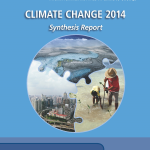 Two big events in climate science occurred this week. The most important one (IPCC’s Synthesis Report) was largely ignored while the least important one (Mid-Term Elections) will be talked about for the next two years. Check out why on
Two big events in climate science occurred this week. The most important one (IPCC’s Synthesis Report) was largely ignored while the least important one (Mid-Term Elections) will be talked about for the next two years. Check out why on 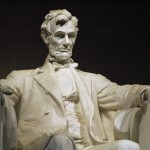 Speaking of elections,
Speaking of elections, 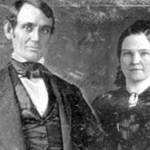 Meanwhile, this week also saw the anniversary of Lincoln’s tempestuous marriage to Mary Todd. The sudden wedding caught everyone by surprise; could have been because Mary had seduced old Abe? And why did Mary refuse to be photographed with her husband?
Meanwhile, this week also saw the anniversary of Lincoln’s tempestuous marriage to Mary Todd. The sudden wedding caught everyone by surprise; could have been because Mary had seduced old Abe? And why did Mary refuse to be photographed with her husband? 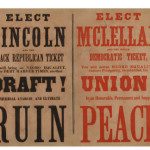 Abraham Lincoln was reelected for a second term in 1864, which surprised everyone,
Abraham Lincoln was reelected for a second term in 1864, which surprised everyone, 
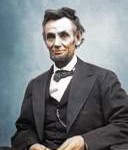 As the Civil War raged on, things weren’t looking so good for the reelection of Abraham Lincoln. In August 1864 Lincoln asked his entire cabinet to sign the back of what became the “
As the Civil War raged on, things weren’t looking so good for the reelection of Abraham Lincoln. In August 1864 Lincoln asked his entire cabinet to sign the back of what became the “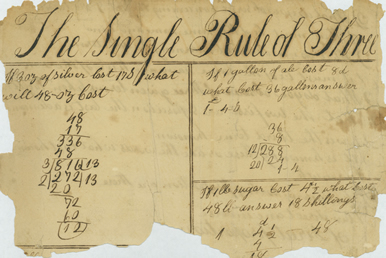




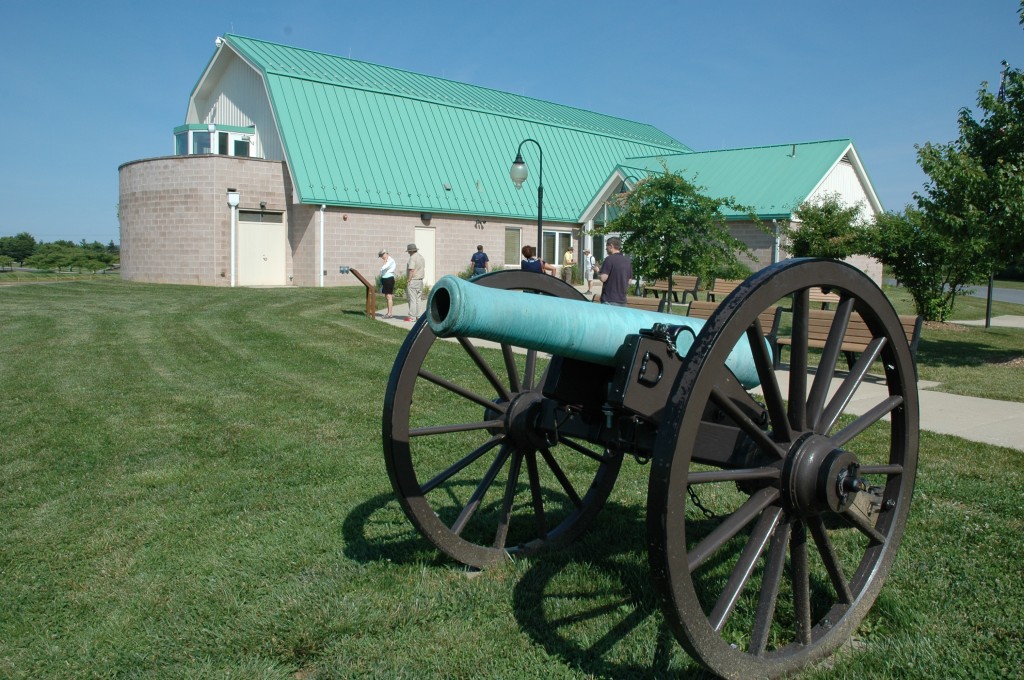
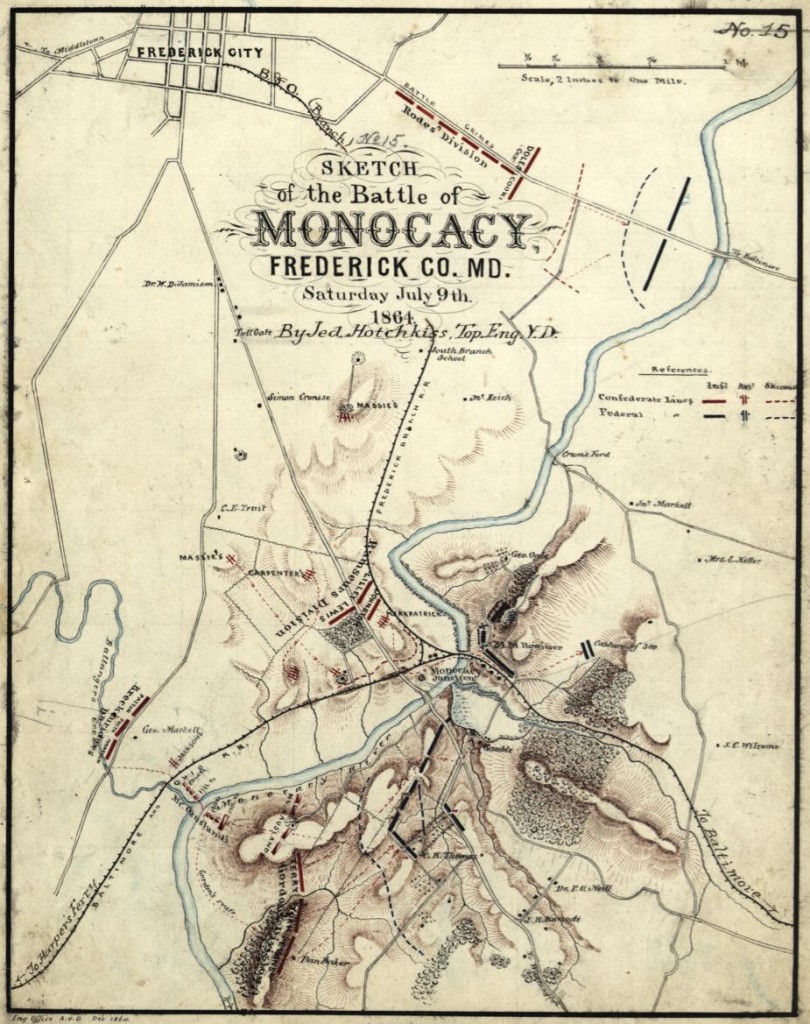

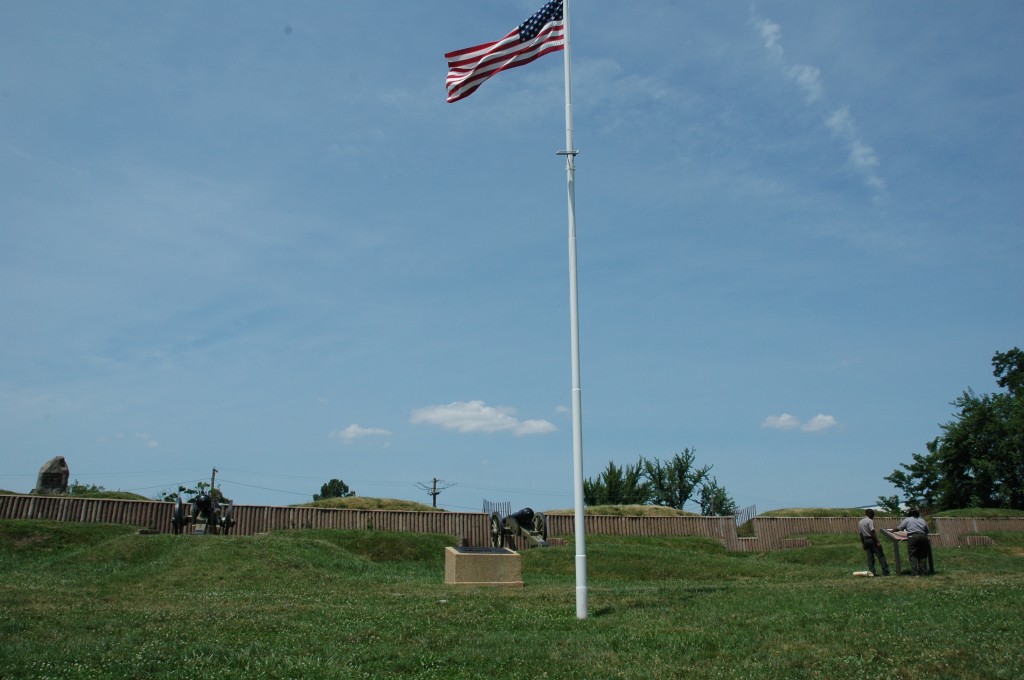 After a delightful open-air lunch at the Urbana Park, we were on to Fort Stevens. Located inside the District line from Silver Spring, Maryland (and not far from the modern day horror of the “DC sniper”), Fort Stevens is a series of low dirt mounds lined with Union cannon. Here was not only the repelling of Early’s forces but the site of one of Abraham Lincoln’s most famous incidents.
After a delightful open-air lunch at the Urbana Park, we were on to Fort Stevens. Located inside the District line from Silver Spring, Maryland (and not far from the modern day horror of the “DC sniper”), Fort Stevens is a series of low dirt mounds lined with Union cannon. Here was not only the repelling of Early’s forces but the site of one of Abraham Lincoln’s most famous incidents.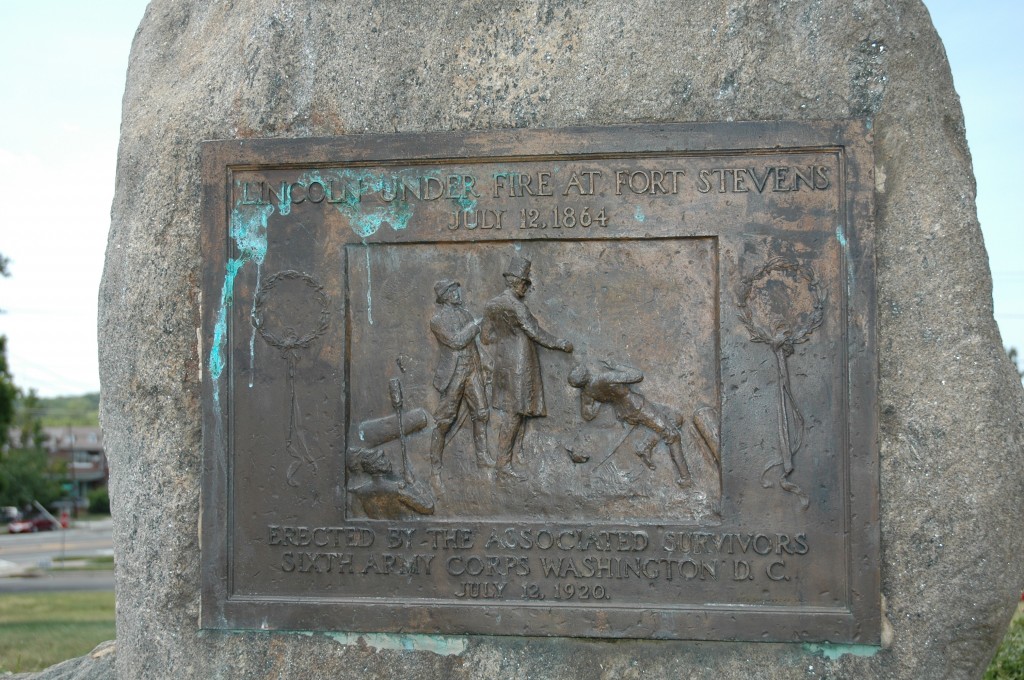 Living not far away at the Soldier’s Home, Lincoln had decided to see the action first hand. Ignoring the risk, Lincoln stood his 6-foot, 4-inch frame (plus tall top hat) on top of the mound to get a view. A medical officer standing beside him was hit with a bullet, after which the infamous (and possibly apocryphal) line was blurted out: “Get down you fool.” Whether it was this or a more respectful imploring for the President to get out of the line of fire we will likely never know, but thankfully he did get down and was unharmed.
Living not far away at the Soldier’s Home, Lincoln had decided to see the action first hand. Ignoring the risk, Lincoln stood his 6-foot, 4-inch frame (plus tall top hat) on top of the mound to get a view. A medical officer standing beside him was hit with a bullet, after which the infamous (and possibly apocryphal) line was blurted out: “Get down you fool.” Whether it was this or a more respectful imploring for the President to get out of the line of fire we will likely never know, but thankfully he did get down and was unharmed.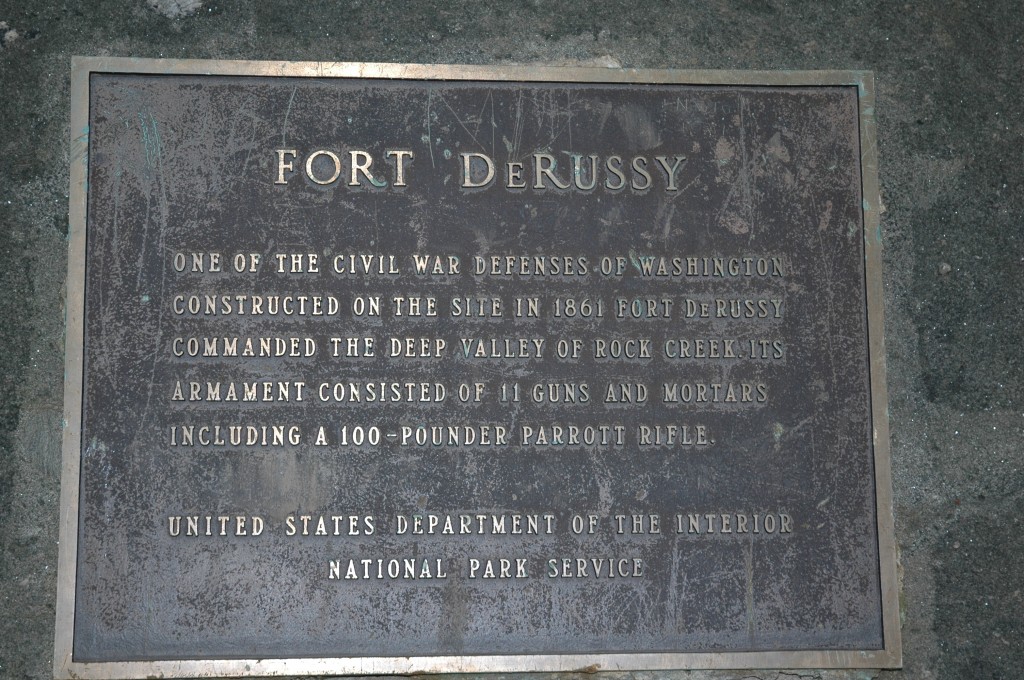 Our last stop was at Fort DeRussy, another of the small forts that served as a perimeter around Washington DC during the war. Earthenwork like Fort Stevens, DeRussy also boasted a “100-pounder,” a rifled Parrott cannon that could fire accurately for up to 4 miles.Many thanks to Craig Howell for being such a fantastic and knowledgeable tour guide, to Beltway Transportation for the comfortable bus and daring driver, and to Karen Needles, Susan Dennis, and everyone else in the Lincoln Group who arranged the tour. As the saying goes, a great time was had by all.
Our last stop was at Fort DeRussy, another of the small forts that served as a perimeter around Washington DC during the war. Earthenwork like Fort Stevens, DeRussy also boasted a “100-pounder,” a rifled Parrott cannon that could fire accurately for up to 4 miles.Many thanks to Craig Howell for being such a fantastic and knowledgeable tour guide, to Beltway Transportation for the comfortable bus and daring driver, and to Karen Needles, Susan Dennis, and everyone else in the Lincoln Group who arranged the tour. As the saying goes, a great time was had by all.






